How to Make Autoflowering Cannabis Seeds
Growing autoflowering cannabis is an exciting experience, but making autoflowering cannabis seeds takes your cannabis cultivation to a whole new level. Instead of relying on seed banks, you can produce your own high-quality autoflower seeds tailored to your specific needs. However, the process requires a good understanding of cannabis genetics, selective breeding, and patience to stabilize the autoflowering trait over multiple generations.
Making good autoflowering seeds is not an easy job. If you decide to take on this challenge, you must realise that it will take at least one to two years before you have developed a good, stable strain in which all seeds truly have the autoflowering trait.
We are happy to offer you a glimpse behind the Dutchfem scenes, but here too, the timing of fertilisation and the recipe used for feminisation remain our well-kept secret. It has taken us many years to master the production of premium quality seeds, so if you want the best seeds for growing, you are better off ordering them from us.
Order the best Autoflowering strains here: Top 5 Autoflower Strains with the Highest THC
This guide will walk you through everything you need to know about making autoflowering cannabis seeds. Whether you’re a hobby grower looking to experiment or an experienced breeder aiming to create a unique autoflowering strain, these steps will help you succeed.
Understanding Autoflowering Genetics
Autoflowering cannabis plants contain genetics from Cannabis ruderalis, a wild subspecies of cannabis that naturally evolved to flower based on age rather than light exposure. Unlike photoperiod cannabis, which requires a change in the light cycle to trigger flowering, autoflowers transition to the flowering stage automatically after a few weeks, no matter the lighting conditions.
Creating Autoflowers with Ruderalis Genetics
If you want to develop autoflowering cannabis seeds using Cannabis ruderalis, follow these steps:
- Choose a High-Quality Photoperiod Female: Pick a strong photoperiod strain with excellent traits such as high THC levels, large yields, and resistance to pests.
- Select a Pure Ruderalis Male: A Cannabis ruderalis male carries the autoflowering trait. Look for one that flowers quickly, is resilient, and has a strong structure.
- Cross the Ruderalis Male with the Photoperiod Female: The first-generation (F1) seeds will be photoperiod-dependent but will carry the autoflowering gene.
- Backcross with Autoflowering Offspring: Select the best plants from the F1 generation and breed them with another ruderalis or autoflowering strain. This increases the percentage of autoflowering traits in the next generation.
- Continue Breeding for Stability: With each new generation (F2-F5), selectively breed only the strongest autoflowering plants. By the F5 generation, nearly all offspring should consistently autoflower.
Following this method, you can develop a stable autoflowering strain using Cannabis ruderalis genetics, ensuring consistent and reliable autoflowering results in your future grows.

Creating Autoflowers with Autoflowering Genetics
The autoflowering trait is recessive, meaning that both parent plants must carry this gene for their offspring to inherit it. If an autoflowering plant is crossed with a photoperiod plant, the first generation (F1) will be photoperiod-dependent. To create stable autoflowering seeds, breeders must selectively breed multiple generations until the autoflowering trait becomes dominant in nearly all plants.
Step 1 Making Autoflowering Cannabis Seeds: Selecting the Parent Plants
If you want to make high-quality autoflowering cannabis seeds, choosing the right parent plants is essential. Your selection will determine the potency, yield, and stability of your final autoflower strain.
Choosing the Best Autoflowering Female
The female plant will produce the seeds, so it’s crucial to pick a healthy, strong plant with desirable traits. Look for:
- Fast growth and resilience
- High potency and good aroma
- A strong yield
- Resistance to pests and diseases
A well-selected female plant will ensure that the seeds inherit the best characteristics possible.
Finding an Autoflowering Male or Creating a Reversed Female
To produce autoflowering seeds, you need pollen from another autoflowering plant. There are two ways to get this pollen:
- Using an Autoflowering Male: A male plant will naturally produce pollen, which can be collected and used to pollinate the female.
- Reversing a Female Autoflower: Instead of using a male plant, you can take a female autoflower and force it to produce pollen by treating it with colloidal silver or Silver Thiosulfate Solution (STS). This method ensures that all resulting seeds will be feminized, meaning they will only produce female plants.

Making Autoflowering Cannabis Seeds Step 2: Pollination Process
Once you have both a healthy female and a source of pollen, it’s time to pollinate the female plant to create seeds.
1. Isolating the Male or Reversed Female
If you are using a male autoflower, it should be kept away from your other plants to prevent unwanted pollination. If you are reversing a female, place it in a separate area while it produces pollen.
2. Collecting Pollen
When the male plant matures, it will develop small pollen sacs. Once these sacs open, they release a fine, yellowish pollen. To collect it:
- Hold a dry container or a piece of paper under the pollen sacs.
- Lightly tap the plant to release the pollen.
- Store the pollen in an airtight container in a dry, cool place.
If you are using a reversed female, collect the pollen in the same way once it starts producing pollen sacs.
3. Making Autoflowering Cannabis Seeds: Pollinating the Female Plant
The best time to pollinate your female plant is about 3 to 4 weeks into the flowering stage, when it has developed white pistils (hairs) on its buds. To apply pollen:
- Use a small paintbrush or your fingers to gently dust pollen onto the white pistils.
- Focus on the middle and lower buds for better seed development.
- Keep the plant in a controlled environment to ensure proper fertilization.
4. Allowing the Seeds to Develop
After pollination, the female plant will begin producing seeds. This process takes around 4 to 6 weeks. As the seeds mature, they will change from soft and white to dark brown with tiger-like stripes. Once they reach this stage, they are ready for harvesting.

Making Autoflowering Cannabis Seeds Step 3: Harvesting and Storing the Seeds
Once the seeds have fully matured, it’s time to harvest them. Proper harvesting ensures that the seeds remain viable for future planting and maintain their quality.
1. Let the Plant Dry Completely
Before extracting the seeds, allow the entire plant to dry naturally. Drying makes it easier to remove the seeds from the buds without damaging them. Typically, the drying process takes about 10-14 days in a well-ventilated, dark space with moderate humidity.
2. Extract the Seeds Carefully
Once the plant is dry, gently break apart the buds with your fingers or use a fine mesh screen to separate the seeds. Be gentle during this process, as crushing or damaging the seeds can reduce their ability to germinate. Look for seeds that are dark brown with a hard shell—these are the most viable ones.
3. Store the Seeds Properly
To ensure long-term viability, store the seeds in a cool, dark, and dry place. Proper storage prevents mold, humidity damage, and premature germination. Follow these tips:
- Place the seeds in a sealed container (such as a glass jar or a plastic bag with an airtight seal).
- Add a silica gel packet to absorb excess moisture.
- Store them in a dark cupboard at room temperature, or for long-term storage, place them in the refrigerator in an airtight container.
By storing your seeds correctly, they can remain viable for several years.
Read more about harvesting cannabis seeds: Harvesting Cannabis Seeds
Order here: The 5 Easiest Autoflowering Cannabis Strains to grow
Step 4: Stabilizing the Autoflowering Trait
The first batch of seeds you create may not all be stable autoflowers. Some might still carry photoperiod traits. To ensure that all future plants reliably autoflower, you need to stabilize the genetics through selective breeding. This involves growing multiple generations and selecting only the best plants to continue breeding.
Making Autoflowering Cannabis Seeds: Generations of Breeding for Stability
- F1 Generation (Autoflower x Autoflower): When you cross two autoflowers, about 75-100% of the offspring will carry the autoflowering trait. However, some plants might still show photoperiod tendencies.
- F2 Generation (Autoflower x Autoflower from F1): Selecting and breeding only the best autoflowering plants from the F1 generation will increase the autoflowering percentage among the next generation.
- F3-F5 Generations: With each new generation, continue selecting only the strongest, fastest-flowering autoflowering plants. By the F5 generation, nearly 100% of the seeds should consistently autoflower.
By following this process, you can create your own fully stabilized autoflowering strain, ensuring reliable results every time you grow from your seeds.

Feminizing Autoflowering Seeds
If you want to create feminized autoflowering seeds (so that all future plants will be female), you need to force a female plant to produce pollen. This pollen can then be used to pollinate another female plant. There are a few different ways to do this:
- STS (Silver Thiosulfate Solution): Similar to colloidal silver but often more effective at forcing female plants to produce pollen.
- Colloidal silver spray: This is the most common method. You spray a female plant daily with colloidal silver until it starts producing pollen.
- Rodelization: This is a natural method where a female plant left unharvested for too long may start producing pollen sacs. However, this method is unreliable.
Using any of these methods, you can collect the pollen and use it to pollinate another female autoflower. Since both parents are female, all resulting seeds will be feminized autoflowers. Read more about making feminized cannabis seeds: Making feminized cannabis seeds
Making Autoflowering Cannabis Seeds Conclusion
Making your own autoflowering cannabis seeds takes time, patience, and careful selection, but it’s a rewarding process. By choosing the right parent plants, properly pollinating, and stabilizing genetics over multiple generations, you can create a unique and stable autoflowering strain suited to your needs. Whether you want faster growth, higher THC levels, or better disease resistance, breeding your own autoflowers puts you in full control of your cannabis genetics.

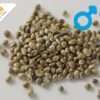

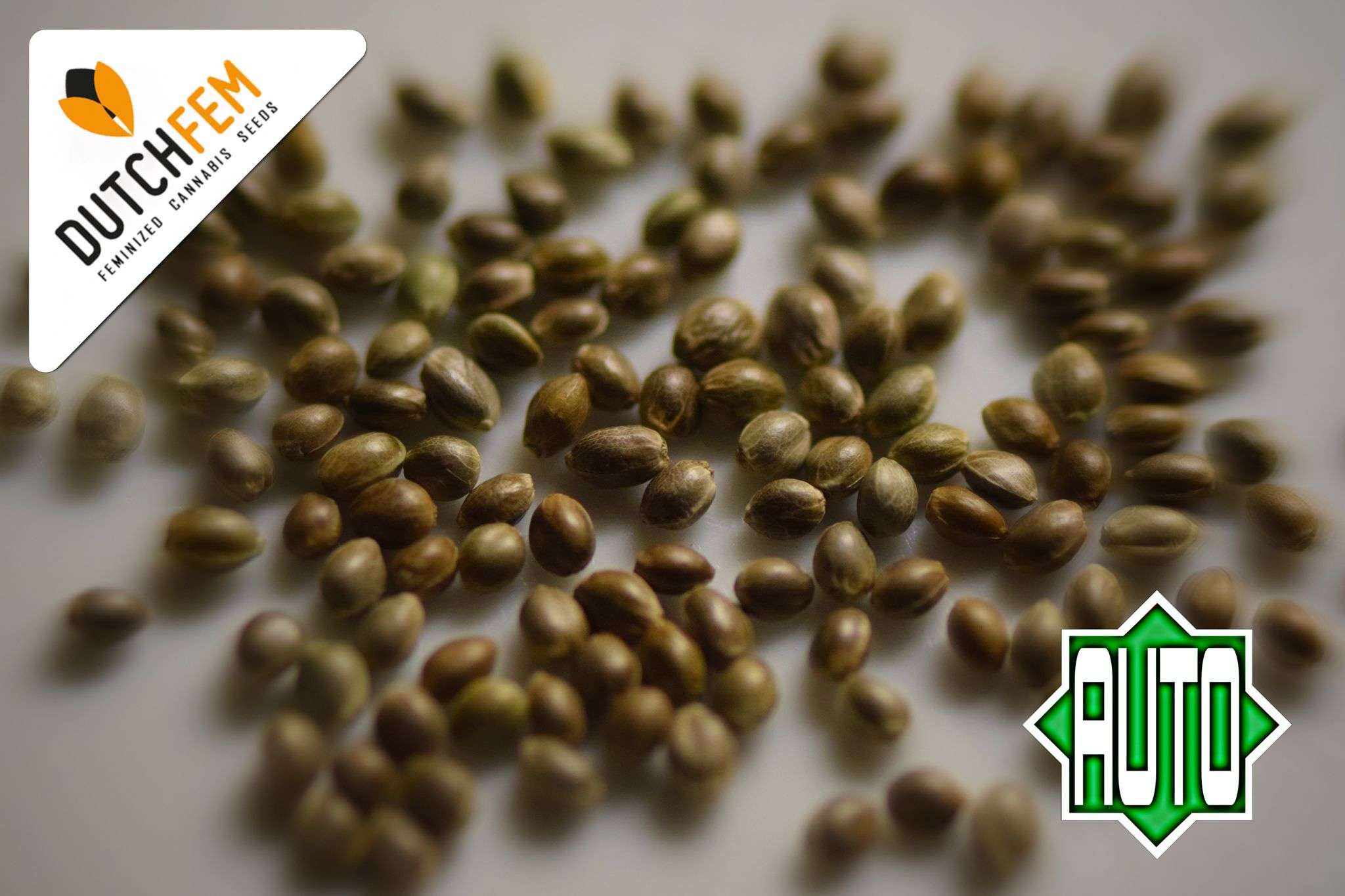
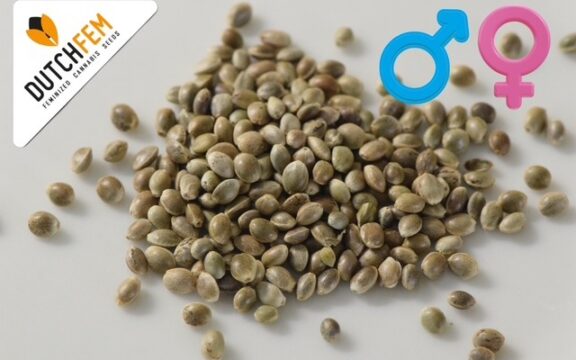
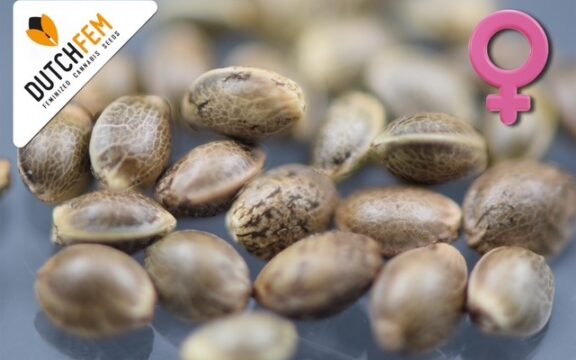









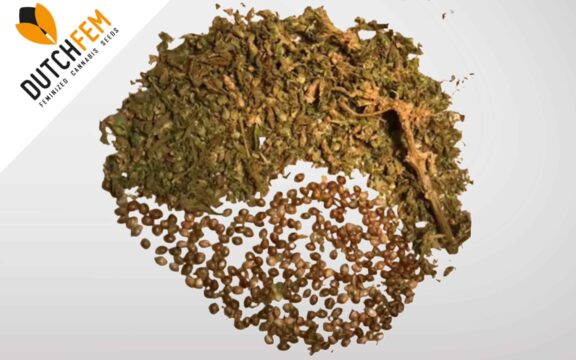





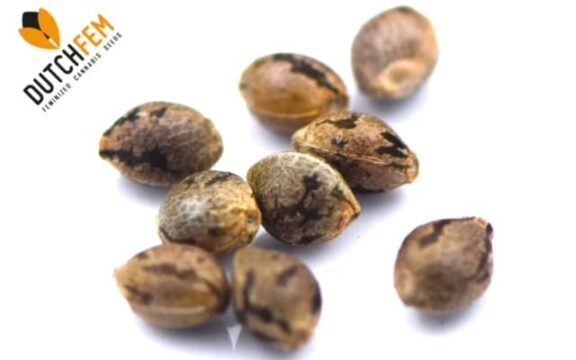

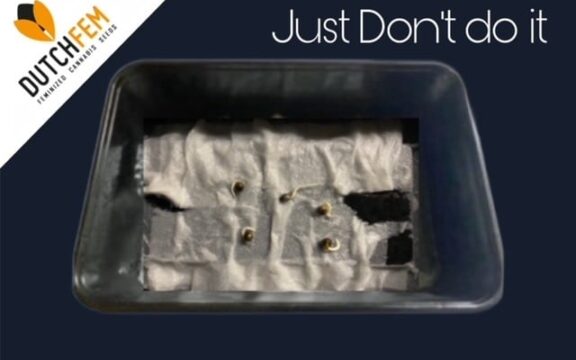
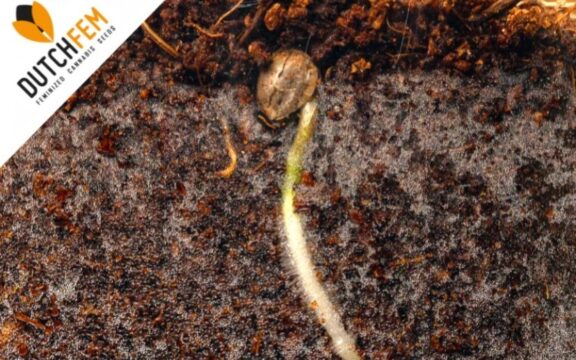








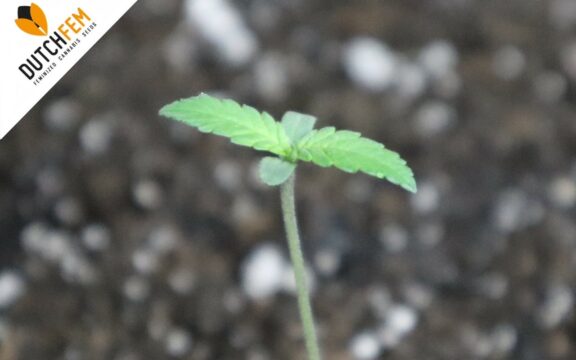



You must be logged in to post a comment.